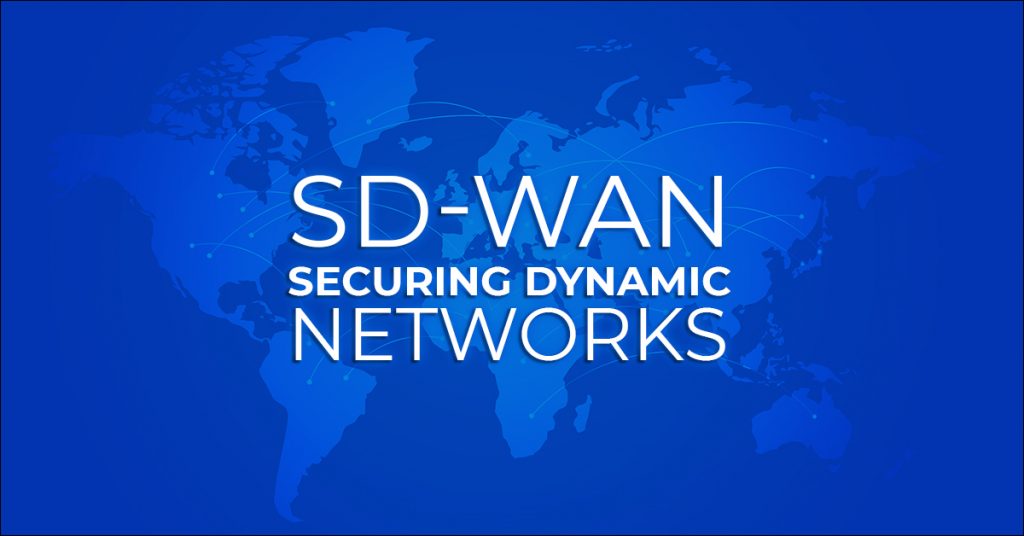Indian Banks are experiencing a colossal change in their banking processes due to rapid evolution of technology in their vertical. Banks of all sizes in India have understood the importance of cloud based banking services and how these services can aid their issues. Earlier banks had to contact an IT personnel to provide additional applications and compute power which was very time consuming and would delay the decision making process. Hence, now-a-days IT is no longer seen as a complex scenario and the banks have started recognizing the opportunity and scope in cloud computing services.
ESDS introduced the world with the concept of Community Cloud which includes common concerns of a particular industry like security, compliance and service norms. The World’s First Banking Community Cloud is presented exclusively to the financial sector by ESDS which comprises of all the cloud based services for the industry. Indian banks have taken it up a notch to enter the IT field and adopt Cloud Computing and benefit from its matched services. SaaS is supported as a part of Banking Community Cloud which provides ready to use Core Banking Solutions, Payment Solutions, Mobile Banking and many more services. With a mix of PaaS, we have various Independent Software Vendors who cater to their own banking customers where they deploy the same software and continuously update through the management portal offered by us. ESDS along with its widespread network of partners has formed India’s first Application Service Providers (ASP) model to offer solutions to banks for their each and every kind of need.
ESDS has expertise in working with over 280+ banks which includes private, PSUs, district co-operatives, apex banks, scheduled and other financial institutions and organizations. The Banking Community Cloud has been developed by keeping in mind the smallest of concerns raised by banks. The three main issues which are generally faced by banks are; security of their data, complying with industry standards and finally having control of their data and applications. When banks choose to adopt the community cloud, they receive benefits like: secured services, efficient utilization of resources, flexibility in business and a reduction in total cost of ownership because they are relieved of purchasing any physical hardware or software licenses. We provide everything from basic IT infrastructure to hosted payment platform and digital banking services to optimum security for your bank’s website through VTMScan. Banks who wish to migrate to our Community Cloud receive end-to-end support for infrastructure management and colocations services.









